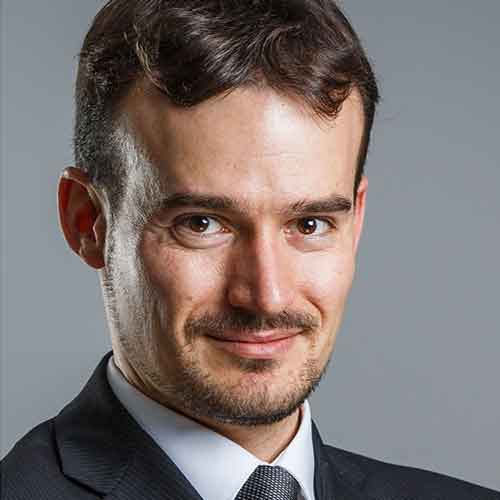Book Your Place
The course offers a blend of theoretical insights and practical exercises, focusing on the essential knowledge transfer skills. It covers accelerated knowledge transfer techniques, training and knowledge transfer strategies, and how to form knowledge transfer networks.
Participants will learn how to facilitate and manage the commercialisation of a product from research and development to market, including elements such as patents. Whether you are a researcher, technology manager, or business professional, this course equips you with the tools and connections needed to drive innovation and excel in this dynamic field.
Why Join The course?
This training course delivers comprehensive knowledge thorough an understanding of knowledge transfer processes and focuses on essential skills for effective transfer and commercialisation.
The programme features experienced speakers and facilitators who provide valuable insights into current trends and best practices in the field.
Working with a diverse group of professionals from different countries and offers you a rich platform for networking and sharing experiences. These interactions can lead to new collaborations and professional growth.
The workshops and discussions will build skills which are transferable to real-world scenarios, improving your ability to negotiate successful deals and manage knowledge transfer projects effectively.
Course Objectives
The course objectives are to:
- Understand the role of knowledge transfer officers and offices
- Gain insights on patenting and patent evaluation
- Understand licensing processes
- Develop negotiating skills
- Create a successful deal with a collaboration partner, spin-off, or licensee
- Increase knowledge of setting up a spin-off company, including the financing possibilities
Key Topics
The key course topics are:
- Finding and evaluating opportunities and exploitation strategies
- Principled negotiation
- The essentials of patenting
- The essentials licensing
- The essentials of spin-offs and spin-off financing
- Knowledge transfer through research collaborations
- Collaboration and negotiation strategies
Booking Options
Testimonials
Subscribe to our newsletter
Join our newsletter and get the latest news






